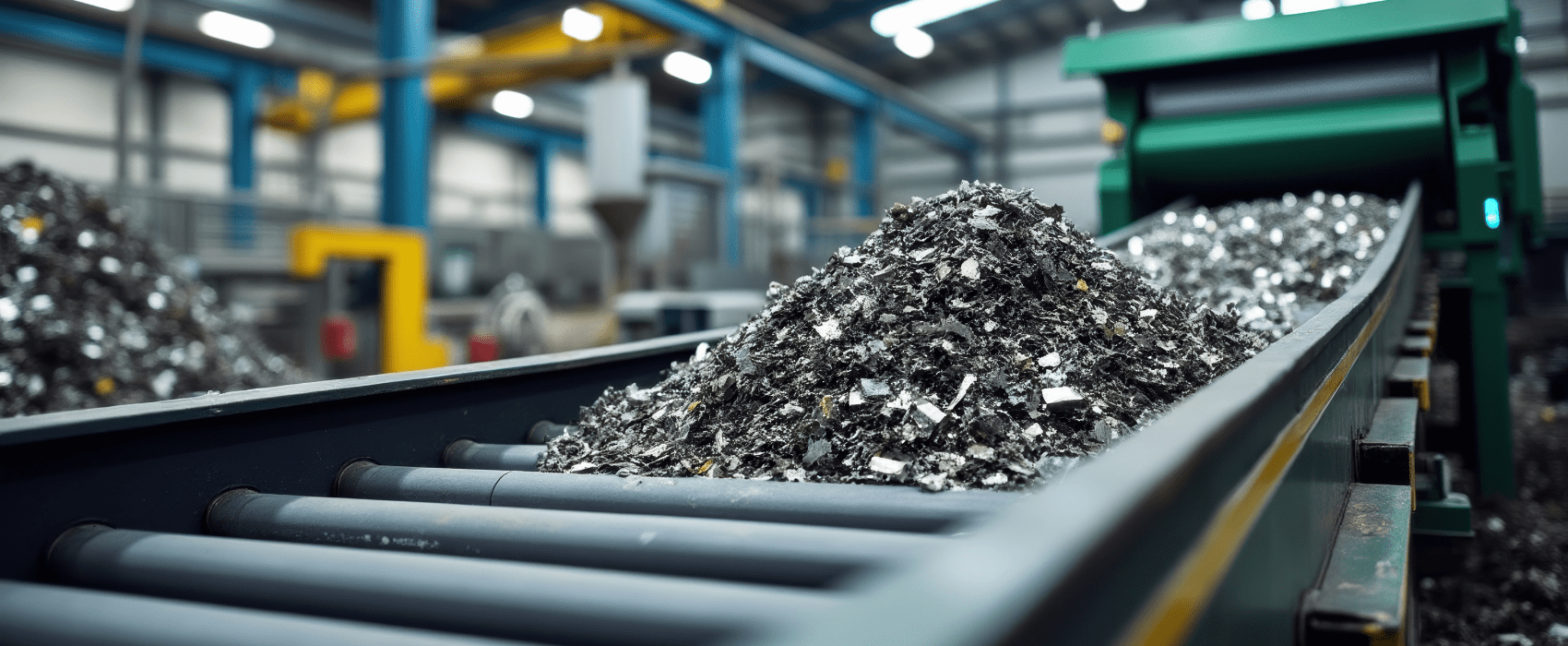
In today’s hyperconnected world, electronic devices are essential to daily life and business operations. Yet behind every upgrade, replacement, or discarded gadget lies a rapidly growing problem – electronic waste, or e-waste.
The scale of this issue has grown so severe that the United Nations now describes it as an “e-waste tsunami.” It’s not just a future risk, it’s a global crisis happening now. And it’s accelerating faster than most businesses realise.
A global crisis measured in tonnes
According to the UN’s Global E-Waste Monitor (2024), the world is producing 62 million tonnes of e-waste annually. That’s enough discarded electronics to fill 1.55 million 40-tonne trucks – stretching around the planet.
Even more concerning? E-waste is growing five times faster than it’s being properly recycled. This staggering gap highlights a system still reliant on linear, “take-make-dispose” models that no longer serve our economic or environmental needs.
In the UK, the problem is especially acute. At 23.9 kg of e-waste per person, the country ranks second in the world for e-waste generation per capita, and is projected to soon surpass Norway for the top spot.
This isn’t just a sustainability issue. It’s a business one.
The hidden risks of doing nothing
Discarded electronics aren’t harmless. They contain toxic materials like lead, mercury, and cadmium, posing serious environmental and health risks when improperly handled. These substances can leach into soil and water or enter the atmosphere through incineration, compounding the climate crisis.
But beyond the environmental damage, there are growing reputational and regulatory risks for businesses that fail to address their e-waste footprints. As sustainability moves to the top of investor, customer, and employee priorities, organisations that lag behind risk losing trust as well as business.
And let’s not forget the economic cost of waste. Electronics are full of valuable materials – gold, silver, copper, rare earths. Yet globally, only 17.4% of e-waste is properly recycled. The rest is lost, incinerated, or dumped into landfills.
The case for circular economy thinking
So what’s the alternative?
More and more leading companies are turning to the circular economy: a regenerative approach to business that keeps materials in use for as long as possible through the four Rs: Reduce, Reuse, Recycle, and Recover.
This isn’t just theory. Circular economy models are already delivering measurable value across industries.
- A 2024 report from Summa Equity projects that circular business models could unlock €265 billion in value by 2030, with even greater gains by 2040.
- Brands embracing reuse and recovery are reaching new markets, cutting costs, and enhancing resilience in a volatile global supply chain landscape.
At Unipart, we’ve seen first-hand how circular economy strategies turn e-waste from a burden into a strategic advantage. Whether it’s helping a major pay TV provider eliminate 127 tonnes of single-use plastics, or supporting in-store device repairs that save over £1 million annually, the results speak for themselves.
Why businesses must lead
Waiting for regulation won’t be enough. The businesses that act now, integrating circular thinking into their logistics, supply chains, and product life cycles, will not only mitigate risk but gain a competitive edge in a rapidly evolving market.
Customers are demanding sustainability. Investors are rewarding it. And with e-waste volumes only set to rise, the time for reactive approaches has passed.
It’s time to act.
Ready to rethink your e-waste strategy?
Unipart is helping businesses across the technology and electronics sectors apply practical, measurable circular economy strategies, from design to disposal and everything in between.
